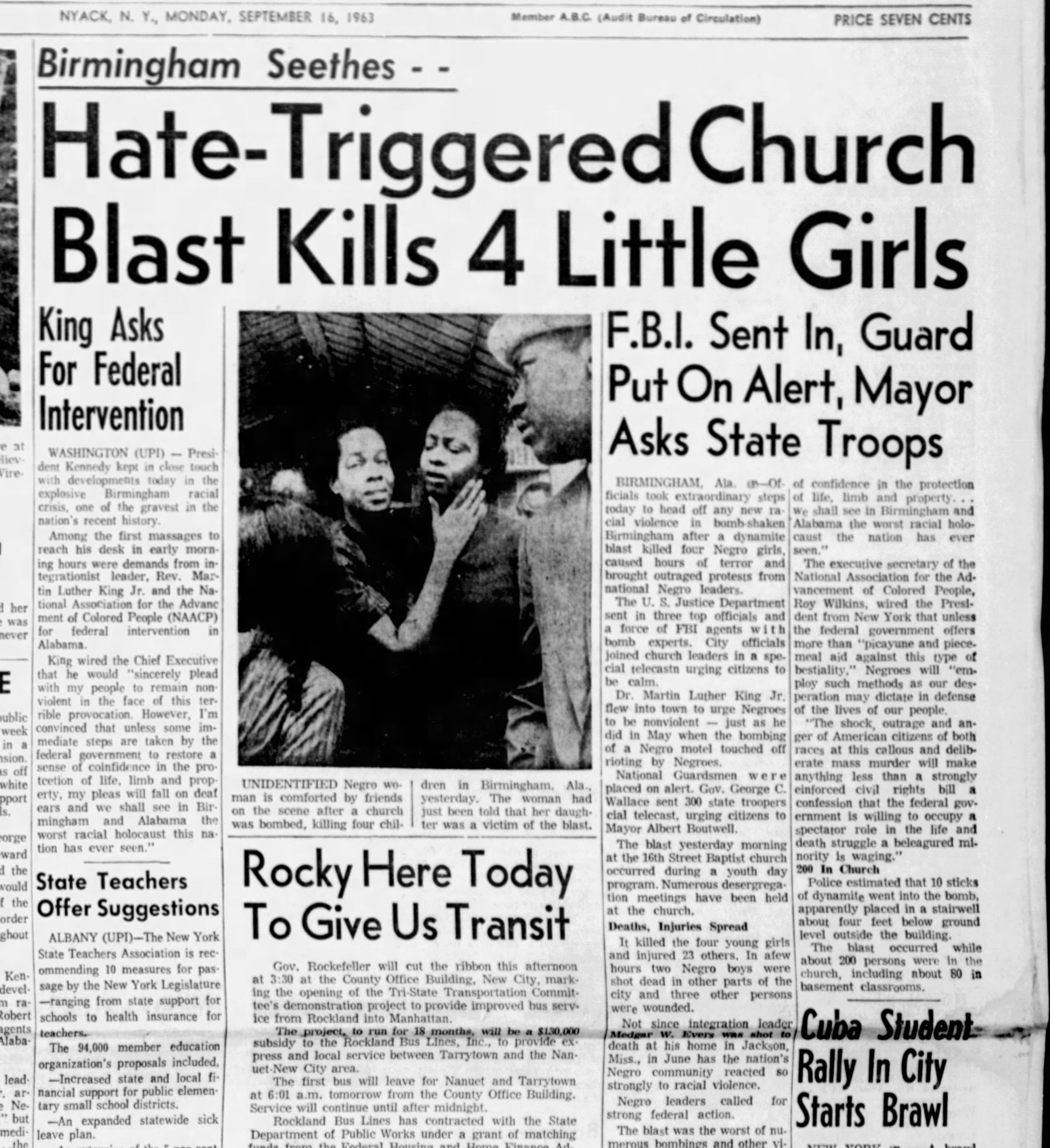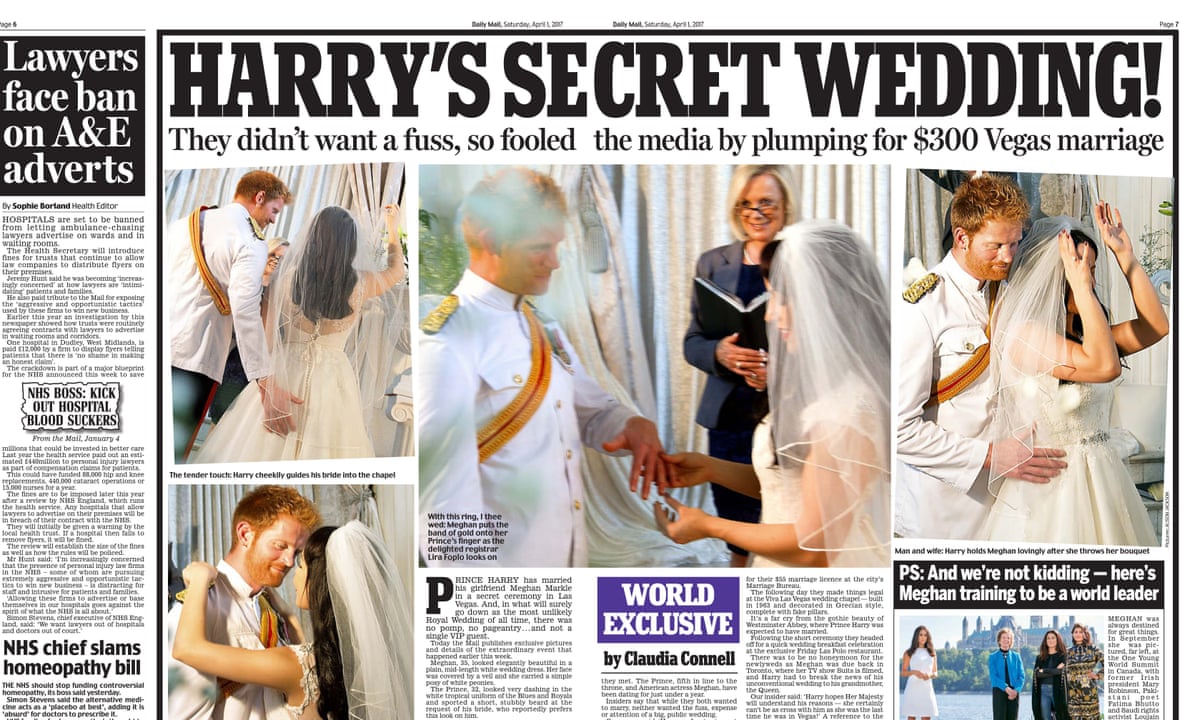Fascination About News Articles
Wiki Article
What Does News Articles Do?
Table of ContentsGetting My News Articles To WorkThe Best Strategy To Use For News ArticlesThe Ultimate Guide To News ArticlesNot known Factual Statements About News Articles The Ultimate Guide To News Articles
Great knowledge of various topics provides pupils an affordable edge over their peers. Also though digital and social networks are readily accessible, we must not fail to remember exactly how vital it is to check out the papers. Moms and dads must attempt and instill the behavior of reading a paper as a day-to-day routine to proceed the legacy of the revered print medium.News tales additionally contain at least one of the following essential characteristics relative to the designated audience: closeness, importance, timeliness, human passion, quirk, or repercussion.
Within these limitations, information stories also aim to be detailed. Various other factors are involved, some stylistic and some obtained from the media form. Amongst the bigger and more reputable papers, fairness and balance is a significant factor in presenting information. Commentary is generally restricted to a different section, though each paper might have a various overall angle.
Newspapers with a global target market, for example, often tend to make use of a much more official design of creating. The particular choices made by an information outlet's editor or editorial board are frequently collected in a design overview; common style guides consist of the and the US Information Design Publication. The main objectives of information writing can be summed up by the ABCs of journalism: accuracy, brevity, and clarity.
Examine This Report about News Articles
As a rule, journalists will not use a lengthy word when a brief one will certainly do. Information authors try to avoid using the same word more than once in a paragraph (sometimes called an "echo" or "word mirror").
Nevertheless, headlines sometimes leave out the topic (e.g., "Leaps From Boat, Catches in Wheel") or verb (e.g., "Feline woman fortunate"). A subhead (likewise subhed, sub-headline, subheading, caption, deck or dek) can be either a secondary title under the main heading, or the heading of a subsection of the post. It is a heading that precedes the major message, or a group of paragraphs of the main message.

Added signboards of any of these kinds might show up later in the post (specifically on subsequent pages) to lure further analysis. Such signboards are also made use of as guidelines to the write-up in various other areas of the publication or website, or as promotions for the piece in other publication or websites. Typical structure with title, lead paragraph (recap in bold), other paragraphs (information) and get in touch with info.

Example of a hard-lead paragraph NASA is proposing one more space project. The company's budget request, announced today, included a strategy to send out one more goal to the Moon. This moment the agency wishes to develop a long-lasting facility as a jumping-off place for various other space experiences. The budget plan demands around $10 billion for the project.
An "off-lead" is the second most important front page information of the day. To "hide the lead" is to start the article with history information or information of second significance to the readers, requiring them to review even more deeply right into a write-up than they must have to in order to find the vital factors.
The Buzz on News Articles
Usual use is that or 2 sentences each develop their very own paragraph. Reporters normally describe the company or framework of a newspaper article as an upside down pyramid. The important and most fascinating elements of a tale are put at the beginning, with supporting details complying with in order of reducing importance.It enables individuals to check out a subject to only the deepness that their curiosity takes them, and without the imposition of information or subtleties that they could take into consideration unimportant, however still making that details available to much more interested visitors. The upside down pyramid framework likewise enables posts to be trimmed to any type of approximate size during format, to click here to read suit the room available.
Some writers start their stories with the "1-2-3 lead", yet there are several kinds of lead readily available. A twist can refer to several points: The last tale in the information program; a "happy" tale to finish the program.
Longer write-ups, such as publication cover write-ups and the items that lead the inside sections of a newspaper, are understood as. Function stories vary from straight news in several methods. Foremost is the absence of a straight-news lead, most of the time. Instead of using the significance of a story in advance, function authors may attempt to draw readers in.
The Greatest Guide To News Articles
The journalist usually details interactions with interview topics, making the item extra individual. A feature's first paragraphs typically site web associate a fascinating minute or occasion, as in an "anecdotal lead". From the details of an individual or episode, its view rapidly broadens to generalities about the tale's topic. The section that signals what a feature has to do with is called the or signboard.
The Editor's Toolbox: A Recommendation Overview for Beginners this article and Professionals (2001) Allan M. Siegal and William G. Connolly. The New York Times Guidebook of Design and Use: The Official Style Overview Utilized by the Writers and Editors of the World's Most Reliable Paper (2002) M. L. Stein, Susan Paterno, and R.
Report this wiki page